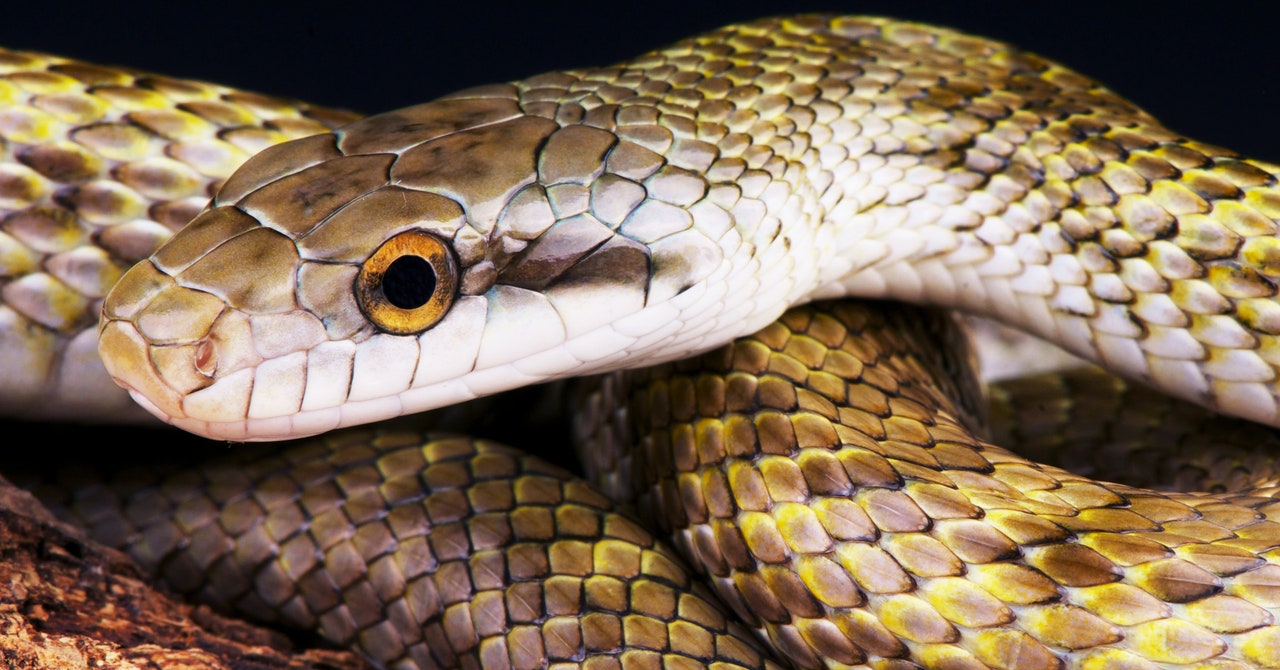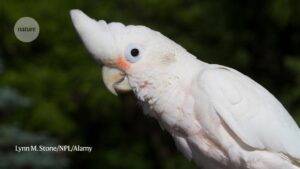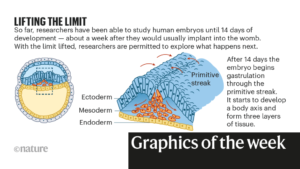Radioactive Rat Snakes Could Help Monitor Fukushima Fallout
“Driving around these small, curvy mountain roads, we watched for snakes crossing the road,” Gerke mentioned, noting that snakes are lively when the climate warms up. “Whenever we found one, we jumped out, caught it, and took it back to the lab at Fukushima University.”

“Driving around these small, curvy mountain roads, we watched for snakes crossing the road,” Gerke mentioned, noting that snakes are lively when the climate warms up. “Whenever we found one, we jumped out, caught it, and took it back to the lab at Fukushima University.”
As lengthy as a snake was of adequate dimension, Gerke and her staff wrapped a chunk of tape round its physique. Next, they superglued a tiny GPS monitoring machine and a tiny dosimeter—a radiation-measuring instrument—to the tape, which ensured that they may take away the units upon the research’s completion. Then, they returned the snake to its pure habitat. The staff outfitted 9 snakes this fashion, after which they collected the info remotely.
The scientists recognized greater than 1,700 places within the area that the snakes frequented. Rat snakes in Fukushima, it seems, keep away from evergreen broadleaf forests however spend time near streams, roads, and grassland. They additionally frequent timber and buildings.
What did the snakes reveal? Some of the snakes’ radiation publicity within the Fukushima Exclusion Zone hails from contaminated prey they eat, however most—80 p.c—comes from contact with contaminated soil, timber, and vegetation.
(adsbygoogle = window.adsbygoogle || []).push({});
“Understanding how contaminants move throughout an ecosystem and how they move in different animals throughout the food web gives us a better picture of the impacts [of the nuclear disaster] to the ecosystem,” Gerke mentioned.
An particular person snake’s publicity is expounded not solely to the small area during which it spends time however to its conduct. For instance, snakes that hung out in deserted buildings had decrease doses relative to people who didn’t, suggesting that buildings could act as contamination shields. Also, snakes that spent extra time in timber had decrease doses relative to snakes that spent extra time on the bottom. Gerke hypothesizes that species that spend their time totally on the bottom are doubtlessly extra susceptible to unfavorable well being results of radiation, ought to unfavorable well being results for snakes exist.
“At a population level, we don’t think that they’re impacted that much [by radiation]. But there could be stuff going on at a cellular level that we don’t know about,” Gerke mentioned. She famous that scientists perceive ranges of radiation that hurt animals like mammals, birds, and frogs, however not snakes.
The present research was the primary to explain residence vary dimension, actions, and habitat collection of Japanese rat snakes. The outcomes recommend that these animals might be efficient bioindicators of native environmental contamination in nuclear catastrophe zones. But many questions stay. For instance, will scientists be capable to develop fashions clarifying the hyperlink between habitat use, radiation publicity, and radiation accumulation? If so, they may present perception into the well being results of continual radiation publicity in animals or people.
Why take time to grasp snakes, anyway? “I’m scared of snakes,” Gerke typically hears upon revealing that she is a herpetologist. Others provide unsolicited testimony suggesting that people’ unfavorable attitudes about snakes maintain potential to hurt the animals: “I found a snake in my backyard, and I killed it.” Gerke grew up in Florida with a pet rat snake; she confides that she can not relate to such sentiments.
“Teaching people to hate snakes is a disaster for ecology,” Melissa Amarello, cofounder of Advocates for Snake Preservation, wrote in an article. According to psychologists, concern of snakes is realized, not innate. Of the three,000 species of snakes on the planet, solely about 200—7 p.c—are in a position to considerably hurt or kill a human. Meanwhile, snakes prey on disease-carrying rodents. And they play an integral position in practically each ecosystem’s meals chain.
In addition to human concern of and hatred for snakes which will hurt them, these animals face extra challenges that threaten their populations worldwide, together with authorized and unlawful accumulating, habitat loss, illness, and local weather change.



